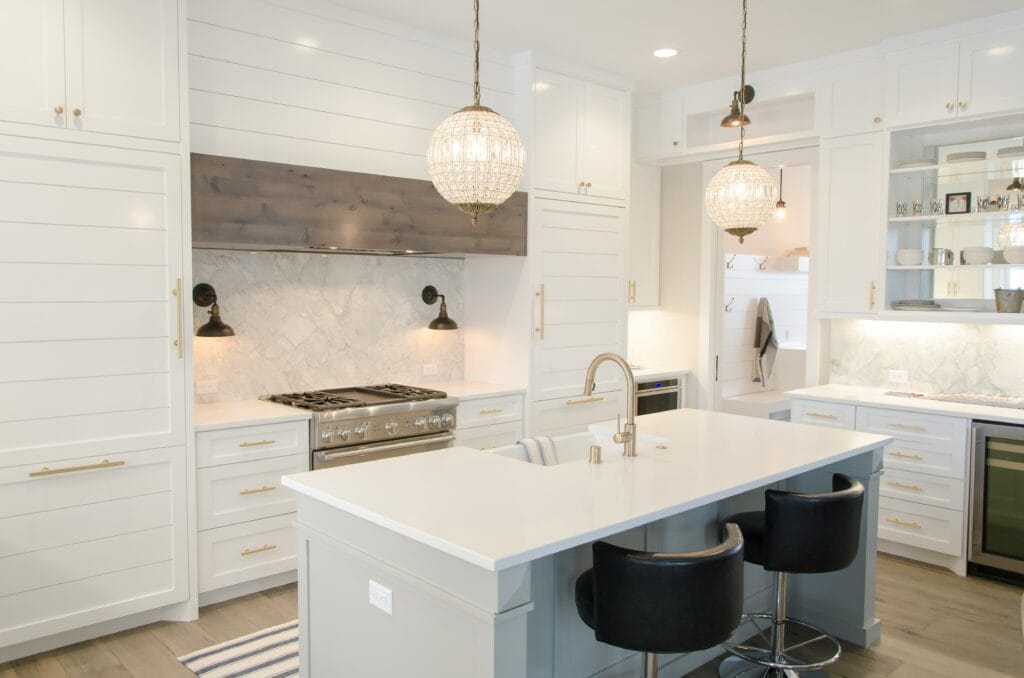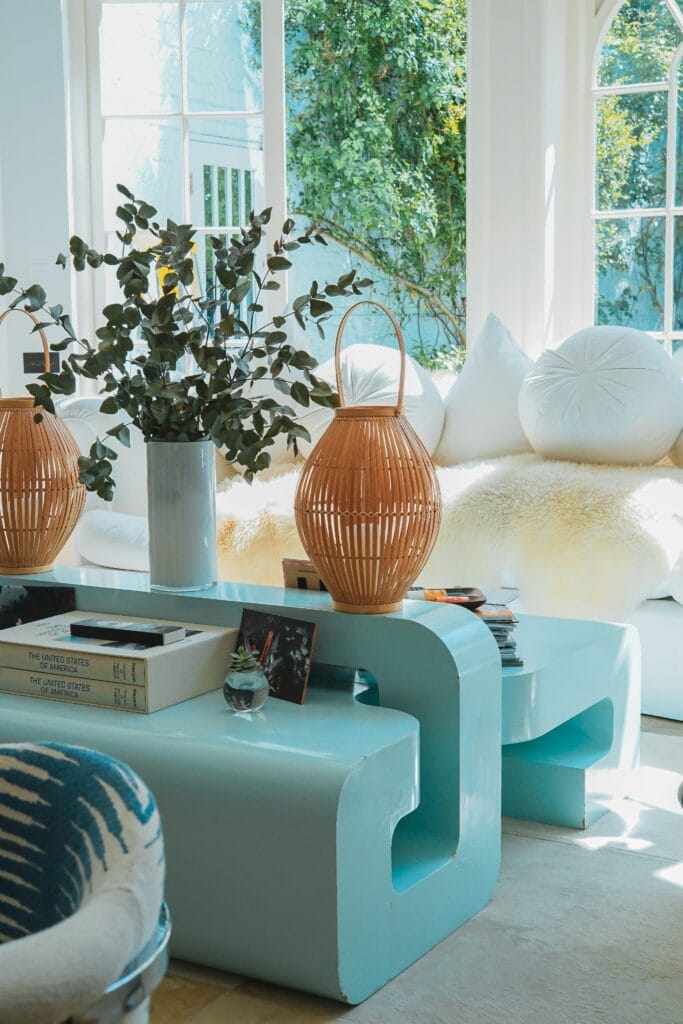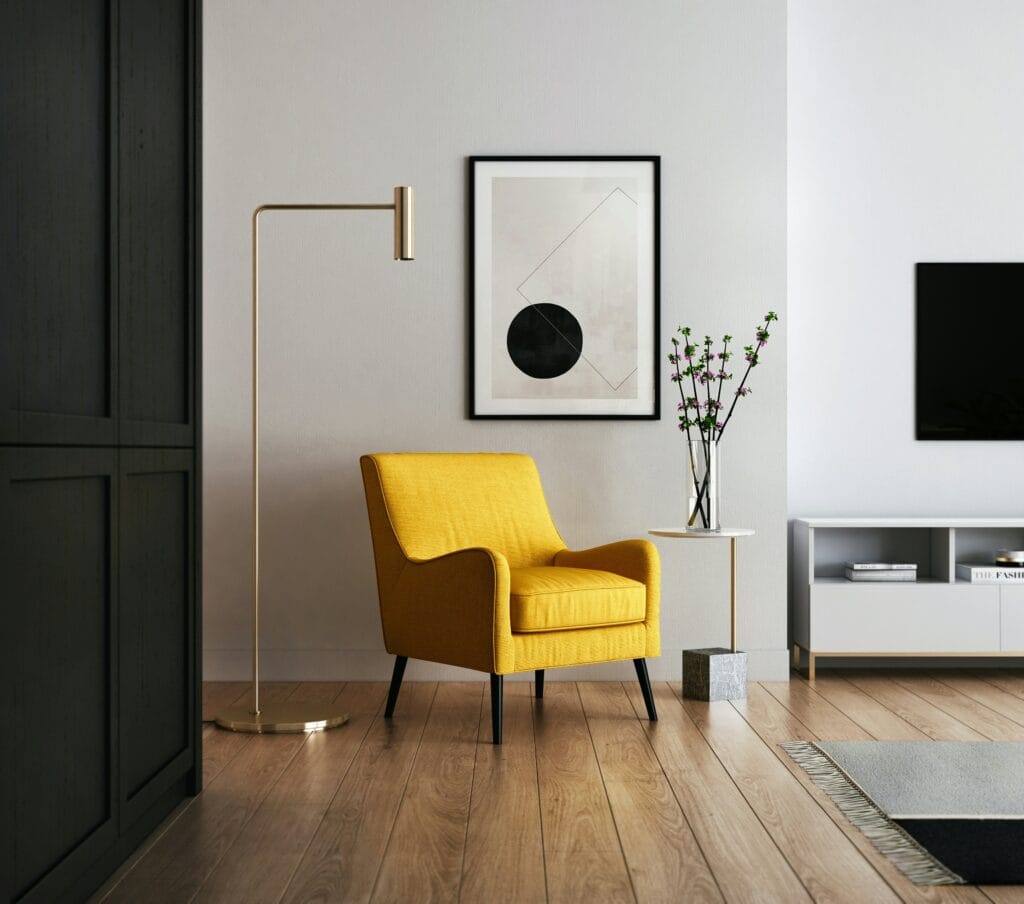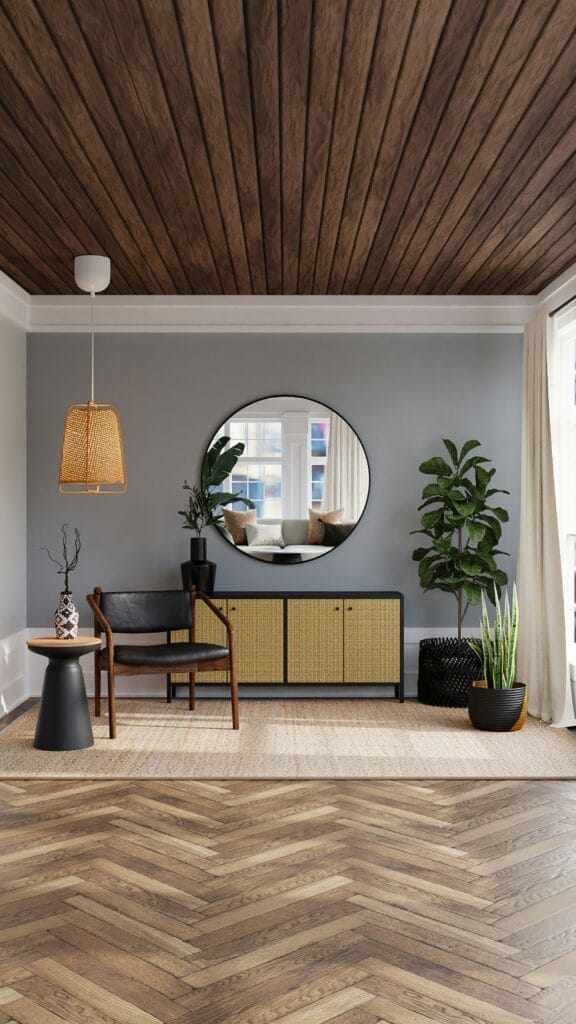Guest Article By Rebecca Denis
Rebecca Denis, Head of Design at Revive Real Estate, is an accomplished and highly creative interior designer with over ten years of experience in the industry. With a passion for transforming spaces and a keen eye for detail, she has successfully completed numerous projects ranging from commercial spaces to custom show homes.
It doesn’t take a huge bank account or a celebrity designer to make your home look and feel exceptional and stylish. With the right mindset and some thoughtful planning, it’s possible to create a space that feels luxurious—all without breaking the bank.
The secret? Strategic updates that combine visual impact with functionality, and most importantly, a personal touch. Whether you’re prepping your home for sale, renovating it for better resale value, or simply ready for a change, here’s everything you need to know about making small, affordable changes that deliver high-impact results.
Start with a Clear Vision
The most successful home transformations begin with intention, not impulse. Before buying a single item or tackling a DIY project, take some time to evaluate your space. Ask yourself:
- Which areas feel outdated, underutilized, or cluttered?
- What function does each room serve, and is it meeting your needs?
- What atmosphere are you trying to create? Cosy and relaxed? Clean and modern? Warm and welcoming?
Answering these simple questions helps you avoid random purchases and design with intention. You’ll have a clear vision to guide your budget and make design choices that elevate your home holistically.
Budget-Friendly Design Priorities
If you’re working with financial constraints, you need to pick and choose your updates wisely. The ones that change how a room feels and functions without major construction are the best choice.
Choosing the Right Paint
Paint is one of the least expensive ways to dramatically transform a room. A fresh coat can cover years of wear, brighten dark corners, or set a mood with rich, calming, or lively hues.
- For a timeless look, consider soft neutrals or warm whites that make spaces feel open and serene.
- Want to add drama? Use deep blues, forest greens, or charcoal tones on a feature wall or in a hidden nook.
- If you’re selling your home, keep the colours simple and universally appealing. Buyers prefer a clean slate that’s waiting for their unique style, not yours.
Lighting Upgrades
Outdated light fixtures can instantly date a room. Replacing them with modern alternatives doesn’t have to cost much but can change the whole vibe.
- Choose warm bulbs to create a cosier feel in living spaces.
- Add layered lighting: Ambient ceiling lights, task lights for desk or reading lamps, and accent lighting like sconces or under-cabinet lights can make a big impact.
- Don’t overlook the natural light you already have. Use mirrors to reflect it and choose window treatments that maximize brightness.
Smart Layout Shifts
Rethinking the layout of your furniture can make even the most familiar space feel brand new.
- Pull furniture away from the walls to create more intimate seating areas.
- Define open-concept spaces with rugs or furniture groupings.
- Consider flow. Can people move easily through the space, or do large pieces block paths?
Sometimes, transformation is more about subtraction than addition. Editing your layout can instantly breathe life into your rooms.
Affordable Materials with a Luxe Look

Certain textures and finishes can elevate a space without taking a huge chunk of your budget. The trick is knowing where to invest and what to imitate.
Hardware Swaps
Upgrading cabinet pulls, drawer knobs, and door handles is an easy way to bring a fresh, modern edge to kitchens, bathrooms, and furniture.
- Matte black, brushed brass, and antique bronze are popular finishes that look more expensive than they are.
- For a cohesive look, match hardware styles across a room or even throughout your home.
Layered Textures
Mixing textures adds richness and depth, even in a minimalist space.
- Use velvet or faux fur pillows alongside chunky knits or woven throws.
- Pair a shag rug with linen curtains or rustic wood accents.
- Combine smooth surfaces, like glass or metal, with soft ones for a balanced design.
Small details like these can create a curated feel, even if most pieces are budget finds.
Designing for Joy and Wellness
A beautiful space is only really valuable if it also makes you feel good. Interior design isn’t just about visuals that land you in a design magazine. It’s an emotional experience, too. The way you shape your environment directly affects your mood, energy levels, and sense of wellbeing.
Make Space for What Matters
Your space has to function. It doesn’t matter how nice it looks if you end up frustrated with your day-to-day activities. Create areas that support your daily routines:
- A small reading corner with a cosy chair and good lighting.
- A tidy, functional entryway that welcomes you home.
- A calm bedroom with blackout curtains, soft linens, and minimal clutter.
Bring the Outdoors Inside
Incorporating natural elements can reduce stress and improve your daily happiness.
- Add potted plants, hanging greenery, or even a small herb garden on a windowsill.
- Use wood, rattan, or stone accents for warmth and grounding energy.
- Let in as much daylight as possible or simulate it with full-spectrum bulbs.
These simple additions enhance both the look and feel of your home and bring you more in touch with nature.
Designing for Small Spaces
If you’re working with a compact layout, creativity becomes your greatest asset. A smaller footprint doesn’t have to limit your style—it just takes some smart planning.
Choose Multi-Functional Furniture
- Storage ottomans that double as seating
- Murphy beds or wall-mounted desks for rooms that serve more than one purpose
- Nesting tables or stools that tuck away when not in use
Go Vertical
- Use your walls to maximize storage and style:
- Floating shelves for books, baskets, or décor
- Hanging planters or vertical gardens
- Ladder shelves that lean stylishly in corners
- Visually, open-legged furniture and light colour palettes help a space feel larger. Keep patterns minimal and prioritize furniture that fits the scale of the room.
Know When to Splurge
Even on a tight budget, there are a few areas where spending a little more makes a big difference in the final product.
Spend more on:
- Comfort items you use every day, such as a mattress or couch
- Statement lighting that serves form and function
- Flooring or countertops in high-traffic areas that need durability and style
Save on:
- Décor accessories like artwork, vases, or throw pillows
- Trendy accents that you may change in a few years
- Organisational items like jars, baskets, or drawer dividers
Spending smart is about getting the most value for your money, not just sticking to hard numbers.
High Impact, Low Cost

Strong interior design isn’t a matter of spending more, but designing with purpose, creativity, and a strategic eye. These tips can help you reflect your style, support your day-to-day life, and create a design that only looks expensive.




2 comments
Look, I get the vibe, but let’s be honest—no amount of paint and pillows is gonna hide an awkward layout or bad lighting. You gotta start from the bones if you really want a transformation.
Amazing how small layout changes can transform a whole room